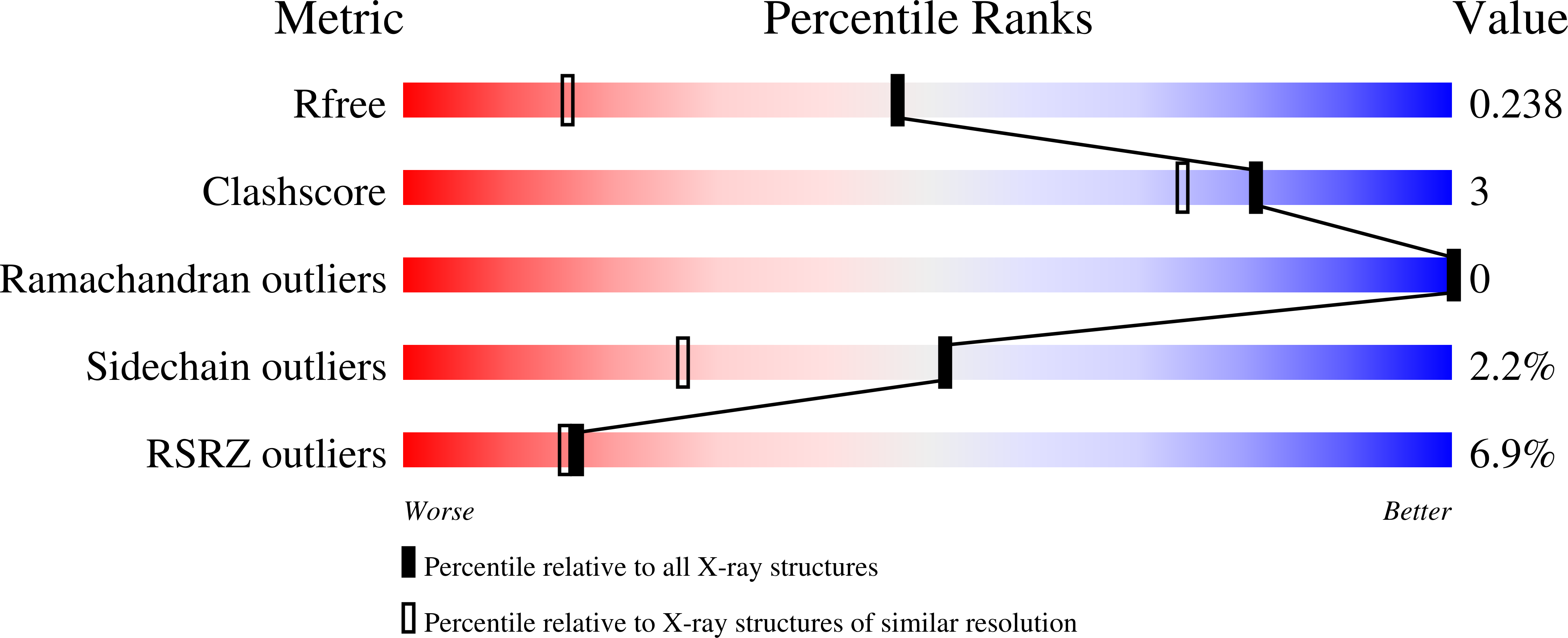
Deposition Date
2015-01-14
Release Date
2015-02-04
Last Version Date
2023-09-20
Entry Detail
Biological Source:
Source Organism:
Entamoeba histolytica (Taxon ID: 5759)
Host Organism:
Method Details:
Experimental Method:
Resolution:
1.60 Å
R-Value Free:
0.22
R-Value Work:
0.19
R-Value Observed:
0.19
Space Group:
P 21 2 21


